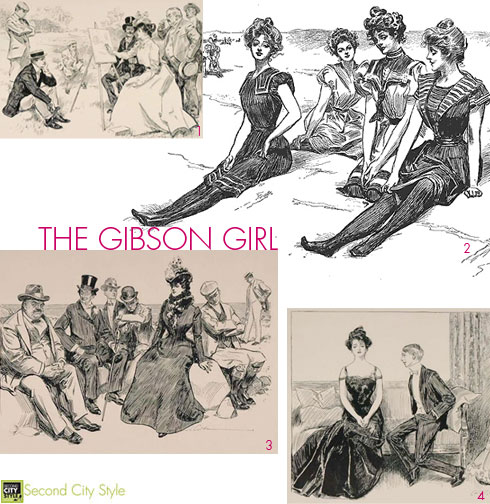
Airbrushing and liquefying are two of the many absolutely fabulous little tricks graphic designers and average Photoshop users can apply to digital images to fix obvious and not so obvious flaws within their picture. When used on images of people for magazines, brushing away a stray hair or an unsightly blemish or shaving inches from a model’s hips and waist are all a simple mouse click away. The once lovely, although imperfect, woman is instantly transformed into an absolutely flawless specimen. The little tweaks and tricks used by many graphic designers in the fashion and magazine industries, in order to create a perfect woman, have become fairly common within recent years and many people are upset. The standard for obtaining this seeming perfection is unattainable, however, that doesn’t keep women, especially impressionable young girls, from trying to achieve it, whether that comes from starving oneself to having massive amounts of plastic surgery. While standards of beauty seem exceedingly high at this point in time, they are not a new manifestation that only girls of today have to endure or feel required to achieve. One only has to look to the first All-American “Gibson Girl” to know that exceptional beauty standards are not a blip on the radar.
The “Gibson Girl” was a pen and ink drawing created by graphic designer and illustrator Charles Dana Gibson in the 1890s. The Gibson Girl was an illustration of what he considered to be the epitome of American feminine beauty. In an interview with the New York Times in 1910, now featured with excerpts on sundaymagazine.org, Gibson explained that there is no real Gibson Girl, although she is not something that he has made up either. Instead she is a combination of a number of “beautiful girls who exist as a product of evolution and the melting pot of races in America.” But regardless of whom the Gibson Girl was or where she came from, she did become a national and international standard of American beauty for nearly two decades.
Her image was originally seen in Life magazine. She was taller than the average woman, had a natural beauty that was both traditional, thanks to her perfectly drawn features, and modern, thanks to her sense of spunk and confidence. As her popularity grew, she would eventually be featured in her own books and even on any number of household accessories like table cloths, ashtrays and the like. The Gibson Girl was seen and idolized by a nation; the illustration was of what every woman longed to be and every man’s dream. She always appeared in the height of fashion with perfectly done face and hair, even while playing tennis. Her appearance was something that was virtually beyond reach for a flesh and blood woman, thanks to her incredibly thin figure that was perfectly accented with rounded bosom and ample behind, along with her flawless features. However, unlike the images of beauty we see in today’s magazines, the Gibson Girl was something of an inspiration in a positive light as well. Many of Gibson’s portrayals of his American girl was of a woman participating in activities women hadn’t thought of doing before and doing them as only a confident woman would. She opened doors for many and allowed women the chance to at least dream of being someone who has it all, a dream we women today often still wish for.
– Bonnie J Brown
1. Art Lesson, a 1901 print by Charles Dana Gibson. 2. Gibson Girls by Charles Dana Gibson. 3. At the Beach, a 1901 print by Charles Dana Gibson. 4. The Crush, 1901, Reproduced from an original print included in a set of the artist’s work by Charles Dana Gibson. Image source:wikipedia.org

